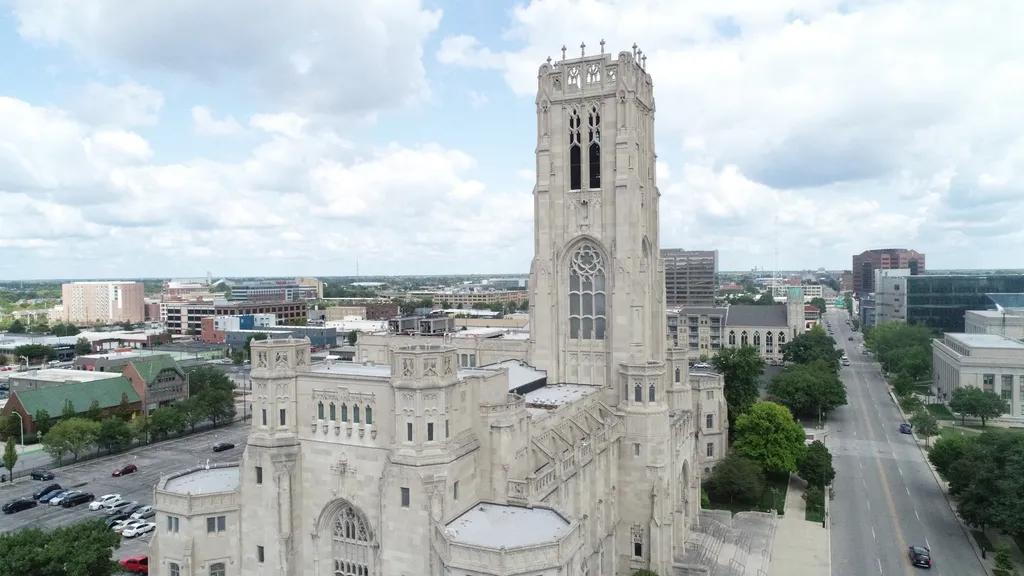Brick steps are a common feature in many homes and businesses, providing both functionality and aesthetic appeal. However, over time, these steps can become loose and unstable, posing a safety hazard for those using them. In this article, we will discuss the steps to take in order to repair loose brick steps, ensuring they are secure and safe for use.
Table of Contents
- Assessing the Damage and Identifying the Cause
- Gathering the Necessary Tools and Materials
- Repairing Loose Bricks in Steps: Step-by-Step Guide
- Sealing and Reinforcing for Long-Term Stability
- Q&A
- To Wrap It Up

Assessing the Damage and Identifying the Cause
Before diving into the repair process, it is essential to assess the extent of the damage to your loose brick steps. Take the time to carefully inspect each step for any cracks, chips, or movement. Additionally, check the surrounding areas for signs of water damage, such as mold or mildew. This will help you determine the root cause of the issue and prevent future damage.
Once you have identified the areas that require attention, consider possible causes for the loose bricks. Some common reasons for loose steps include poor installation, water damage, or simply wear and tear over time. By understanding the cause of the problem, you can create a more effective repair plan to ensure long-lasting results. Consider reaching out to a professional for guidance if needed.

Gathering the Necessary Tools and Materials
Before starting the repair process on your loose brick steps, it is important to gather all the necessary tools and materials to ensure a smooth and successful repair. Here is a list of items you will need:
- Masonry chisel: For removing loose bricks and mortar
- Hammer: To aid in the removal of bricks
- Masonry trowel: For applying new mortar
- Wire brush: To clean bricks and remove debris
- Bucket: For mixing mortar
- Masonry mix: To create new mortar for repairs
- Brick adhesive: To secure loose bricks in place
- Protective gloves and eyewear: For safety during repairs
Once you have gathered all the necessary tools and materials, you will be ready to tackle the repair of your loose brick steps. Having everything on hand will ensure that you can complete the job efficiently and effectively, restoring the stability and safety of your steps.

Repairing Loose Bricks in Steps: Step-by-Step Guide
Loose bricks in steps are not only unsightly but can also pose a safety hazard if left unattended. Fortunately, with the right tools and knowledge, repairing loose brick steps can be a DIY project. Follow this step-by-step guide to learn how to efficiently repair loose bricks in steps.
First, start by gathering the necessary tools and materials for the repair, including a hammer, chisel, trowel, mortar mix, and safety glasses. Then, carefully remove the loose brick by gently tapping around the edges with a hammer and chisel. Clean the area thoroughly to ensure proper adhesion of the new mortar. Next, mix the mortar according to the manufacturer’s instructions and apply a generous amount to the back of the loose brick. Press the brick firmly back into place, making sure it is level with the surrounding bricks. Allow the mortar to dry completely before walking on the steps to ensure a secure repair.

Sealing and Reinforcing for Long-Term Stability
Loose brick steps can be a safety hazard and compromise the stability of your staircase. To ensure long-term stability, it’s important to properly seal and reinforce the steps. One way to repair loose brick steps is by using a combination of sealant and mortar.
Here’s a simple guide on how to repair loose brick steps:
- Inspect the steps to identify loose bricks.
- Remove any loose bricks and clean the area.
- Apply a brick adhesive to the back of the loose brick and carefully place it back in position.
- Fill any gaps between the bricks with mortar.
- Seal the entire staircase with a waterproof sealant to protect it from the elements.
Q&A
Q: What are some common causes of loose brick steps?
A: Common causes of loose brick steps can include freeze-thaw cycles, settlement of the base material, or inadequate mortar joints.
Q: How do I know if my brick steps need repair?
A: You may notice wobbly or shifting steps, cracks in the bricks or mortar, or visible gaps between the steps and the walkway.
Q: What materials will I need to repair loose brick steps?
A: Materials needed may include a hammer and chisel, masonry adhesive, mortar mix, a trowel, a level, and safety equipment such as gloves and eye protection.
Q: What steps should I follow to repair loose brick steps?
A: The steps typically involve removing loose bricks, cleaning the area, applying masonry adhesive, repositioning the bricks, and repointing the mortar joints.
Q: How can I prevent my brick steps from becoming loose in the future?
A: To prevent future issues, you can seal the bricks with a water-repellent sealer, make sure the base is properly compacted, and regularly inspect and maintain the steps.
Q: When should I consider hiring a professional to repair my loose brick steps?
A: If the damage is extensive, if you are unsure of the repair process, or if the steps are part of a larger structure such as a retaining wall, it may be best to hire a professional mason for the repair.
To Wrap It Up
In conclusion, repairing loose brick steps can be a challenging but achievable task with the right tools and knowledge. By following the steps outlined in this article, you can restore the safety and functionality of your brick steps. Remember to always prioritize safety when working with bricks and consult a professional if you are uncertain about any aspect of the repair process. With proper care and maintenance, your brick steps can remain sturdy and reliable for many years to come. Thank you for reading and good luck with your repair project.


